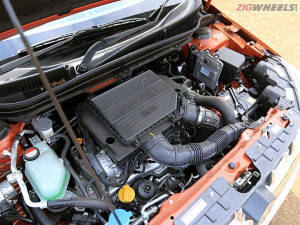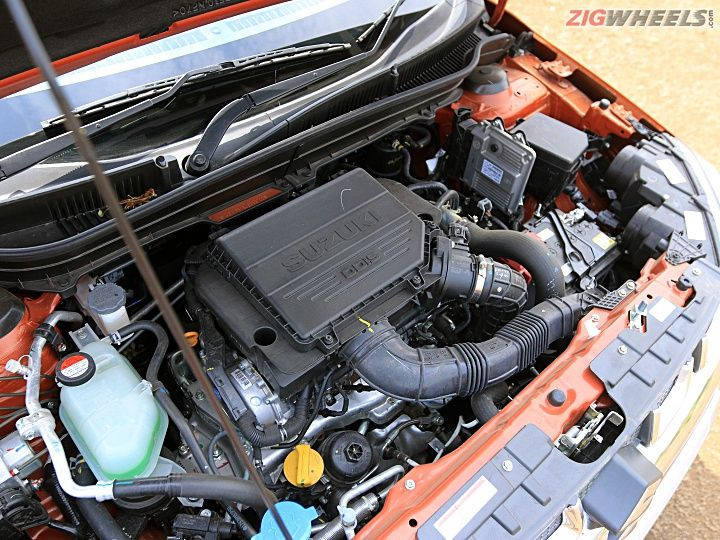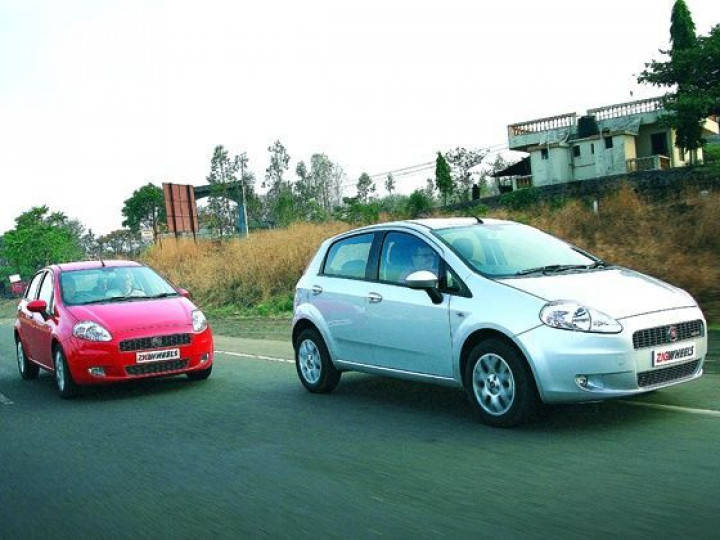

- A total of 8 lakh engines have been produced at the FCA India facility in Ranjangaon.
- In India, the engine powered hatchbacks and sedans like the Maruti Suzuki Dzire.
- A more powerful 90PS version was also introduced in India.
Fiat India has discontinued the 1.3-litre Multijet diesel (MJD) engine. The last of these left the production line on January 23. Just over 8 lakh were built and fitted to several cars that became favourites in the country. But India's National Diesel Engine will not be updated to meet BS6 emissions. The carmaker says that spare parts will be available for the next ten years.

From the, the 1.3 MJD powered most compact diesel cars. Its fuel economy and pulling power made it a favourite among compact car buyers. Maruti called this the DDiS engine. Tata named it Quadrajet. Fiat tuned it for five different outputs internationally, but we got two states of tune in India: 75PS and 90PS.
The former had a 190Nm of torque output, which was on par with other diesels in the segment. The 90PS version made 200Nm of torque. Peak torque came in as early as 2000rpm, so this engine was adept at highway pulls. About 3-5 injections per power stroke gave it better noise, vibration, and harshness.

FCA introduced the 1.3 MJD engine in 2003 and just two years later it was awarded the 'International Engine of the Year' by UK journalists. In its lifetime, it powered 45 different models internationally and 24 models in India. It is currently the only engine on offer on models such as the. Both of these will get petrol engines after the BS6 deadline.

Tata and Maruti Suzuki had already developed their diesel engines. Maruti's 1.5-litre DDiS is compact SUV.
The discontinuation of the 1.3-litre MJD leaves us contemplating about the future. Maruti alone sold 4 lakh diesel cars in the fiscal year ending April 2019. With several carmakers ditching diesels post-BS6, how will car buyers respond? Will they change their preferences to suit the market conditions? Not likely.

Updating a diesel engine comes at a cost. The current MJD engine was compliant with Euro-4 norms without the use of a diesel particulate filter (DPF). BS6 norms are strict enough to make DPFs indispensable. A particulate filter is an additional chamber, which removes major pollutants from the exhaust fumes. It is expensive to produce as well as to incorporate into an engine not designed for it.

Yet, the 1.3 MJD brings us fond memories. It was a small engine, which made a compact car seem normal. Revs rose quickly and the exhaust note was a rattle-free hum. It never mattered how many people were in the backseat, because when that turbo kicked in, the car always pulled the same.
As the last stocks leave dealership floors, the 1.3 MJD lives on. We may not get to buy them new, but we will get to see them humming from the fronts of taxis or in hand-me-downs driven by college kids. We hope to see carmakers come up with more efficient and reliable engines that manage to put a smile on our faces.
from zigwheels https://ift.tt/38JCizZ

0 comments:
Post a Comment